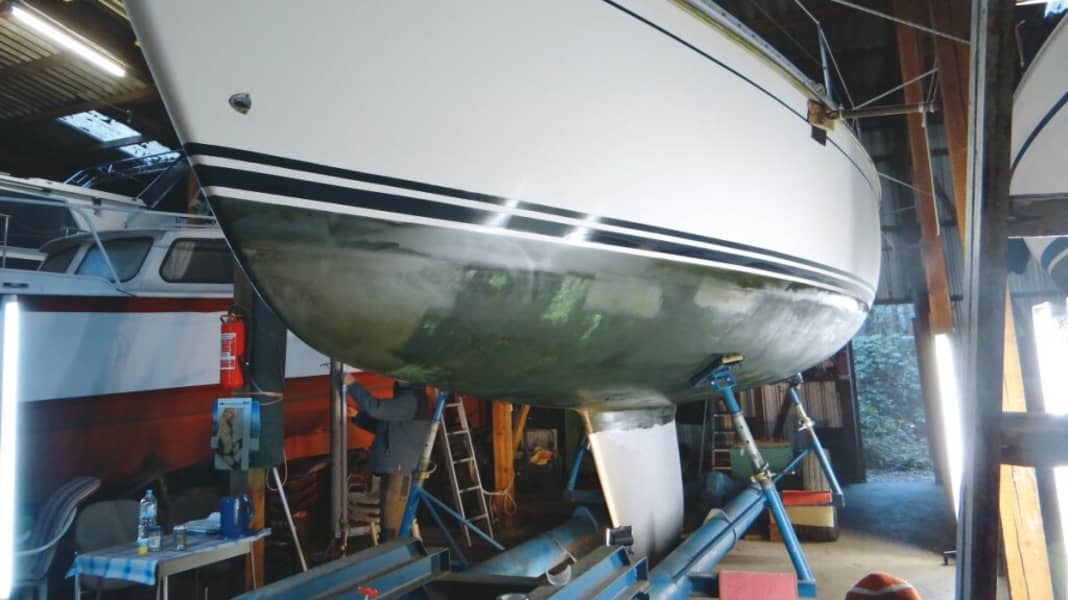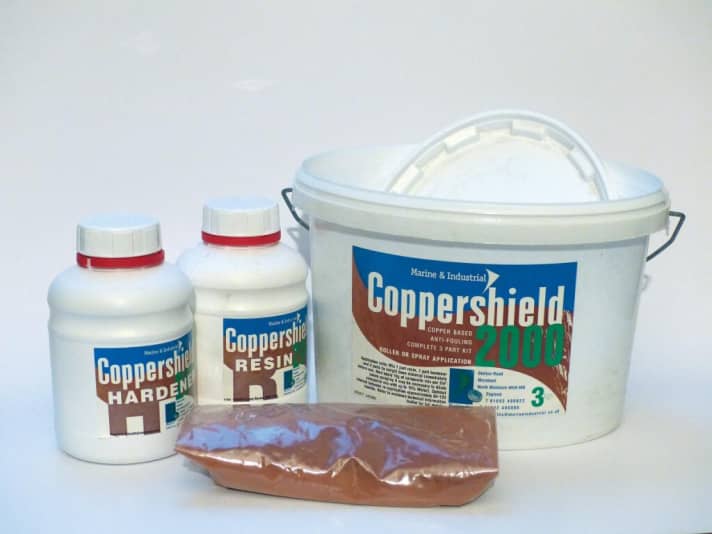
The idea of using copper to prevent organic growth on ship hulls below the waterline is basically an ancient one. It has been practised successfully for generations by nailing copper sheets to the wooden planks of ships. Of course, this is no longer possible on the hulls of modern yachts. Since the early 1990s, epoxy resin coatings with a very high copper content have been offered as an alternative to classic antifouling.
The new antifouling system struggled in the early years on the German market. This may have been partly due to a lack of experience with the new technology over a longer period of time. Added to this was the considerable amount of preparation required - without any real guarantee of success. Such a system change was really only an option for those who wanted or needed to remove their paint layers, some of which were decades old, because they were flaking off when new layers of paint were applied. Or if an osmosis treatment was required anyway. In addition, this system was significantly more expensive than the conventional paints, if one disregards the promised long-term effect.

It is now easy to assess whether the epoxy systems actually deliver what the manufacturers promise. We have coated various yachts with Coppercoat and Coppershield and followed them over the course of a decade. You can read the results in YACHT 5/2015, available from newsagents from 18 February.
